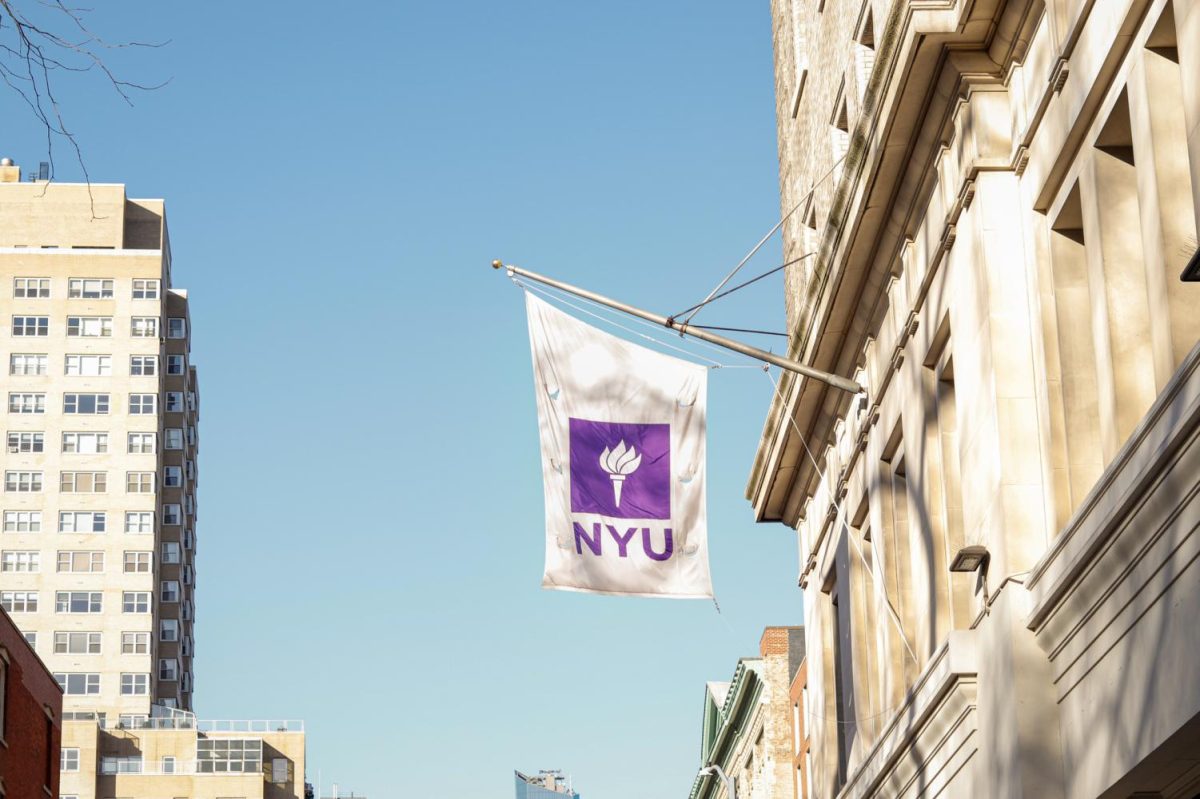Like many other of NYU’s endless emails, a recent communication about the start of a search for the university’s new provost had been sitting in my inbox — unread. It probably would have stayed that way if the unfamiliar word, “provost” hadn’t caught my eye. Taking a glance at it, I was shocked to see that NYU is only in the early stages of looking for a provost — the university administration’s No. 2 spot — despite the last permanent provost having stepped down in summer 2022.
I was also surprised to see the search committee advertising a method of student engagement that has failed time and again. With every new search for a high-ranking administrator come student engagement sessions that see low turnout — there have been times where WSN staffers reporting on an input session outnumbered actual attendees.
There are a few recent cases that demonstrate how ineffective student input sessions are. A student engagement session during the 2022 presidential search had only one student attend, and another open to the entire NYU community had no attendees. During the search for a new CAS dean in 2021, two listening sessions open to students also saw low attendance.
“This is the second time that we’ve held a listening session and no one has come,” Meghan Ashbrock, who worked for the international executive search firm that helped conduct the CAS dean search, said at the time. “No students have come, so we really want to hear from you, from the student body.”
Even more recently, the Tandon School of Engineering saw little student engagement in its efforts to search for a new dean after former dean Jelena Kovačević announced she would be stepping down. NYU has had a plethora of opportunities to see that student engagement sessions just don’t engage students, so what makes the university think the situation would be any different in its search for a new provost? Clearly, something needs to change.
The first and easiest way to improve engagement is through improved communication. More frequent email communication, including through the many other newsletters students receive, could help increase the chances that they participate in the search. The student government’s newsletter, for example, might be a good place to include information about how to give feedback on the search.
Other methods of communication besides email would also help engage those students who tend to ignore NYU messages in their inbox. The search committee could table in NYU buildings to inform students about the provost search, and gather feedback during the tabling process at the same time. It could also put up posters advertising the search around campus, complete with QR codes that link to a feedback form for easy access.
Another way to increase student engagement in the search process is by re-thinking the student government’s role in it. While the student government chair is a member of the search committee, a larger team of students that can communicate with their peers could help increase students’ interest in the process. The student government could, for example, form a committee across schools and backgrounds that meets with the chair to discuss updates on the search each week. These representatives could then communicate new developments to their constituents — through email, social media or even events — and raise awareness for the search.
The ongoing search for a new provost could be the one where NYU finally makes a targeted effort to gather student input. With no shortage of opportunities to advertise the search outside of a few emails and provide other ways for students to give their feedback, there’s no excuse for the student input process to remain the same as it has for years — performative and fruitless.
WSN’s Opinion section strives to publish ideas worth discussing. The views presented in the Opinion section are solely the views of the writer.
Contact Molly Koch at [email protected].























































































































































